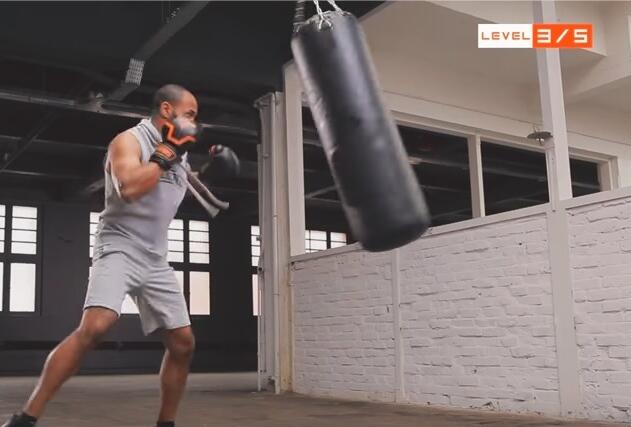Have fun... but be safe!
It seems obvious, but it is always useful to say it. There are a few important safety principles to follow before any punching bag training session. First of all, be sure to warm up thoroughly, particularly your joints (wrists, elbows, shoulders, hips, knees, ankles…). Then, be sure that you have the necessary protective equipment. A pair of boxing wraps and a pair of gloves or mitts that fit you is a minimum. If you plan on working on your leg technique, you may want shin guards (that will depend on the hardness of your bag as well as your level of training).
Finally, this type of exercise requires a certain level of technique, so we highly recommend getting coached at the beginning, to prevent injury. At the very least, be sure to close your fists at the moment of impact, in order to keep a good wrist alignment during your strike.





